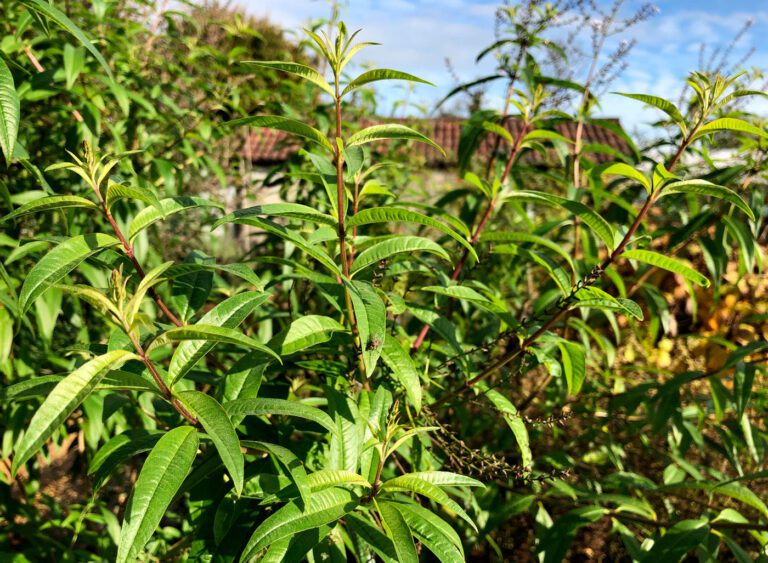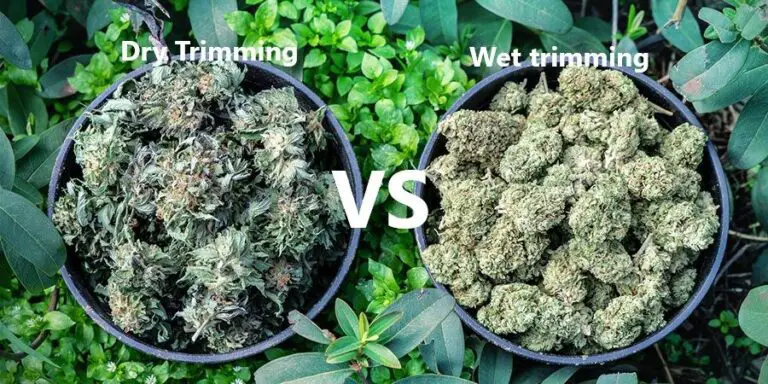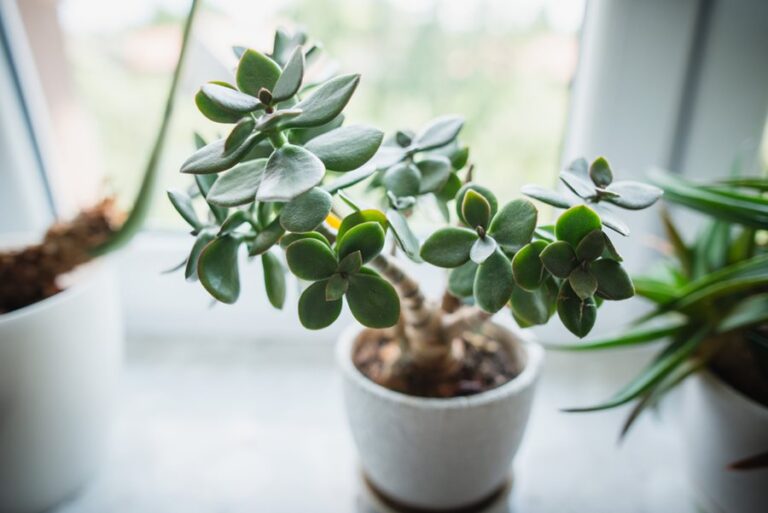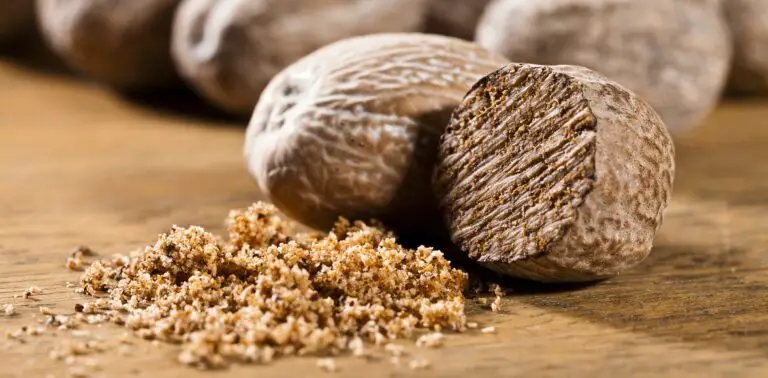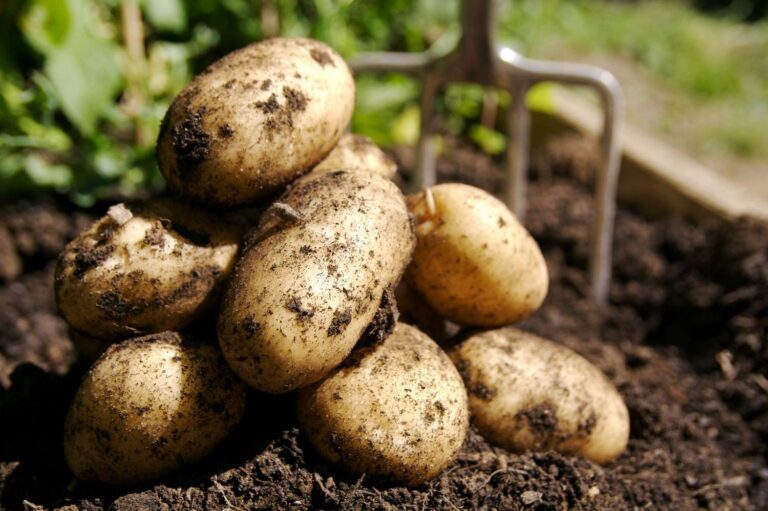Powerful Strategies Against Tomato Black Spot: Identifying and Treating
Table of Contents
Symptoms of Tomato Black Spot
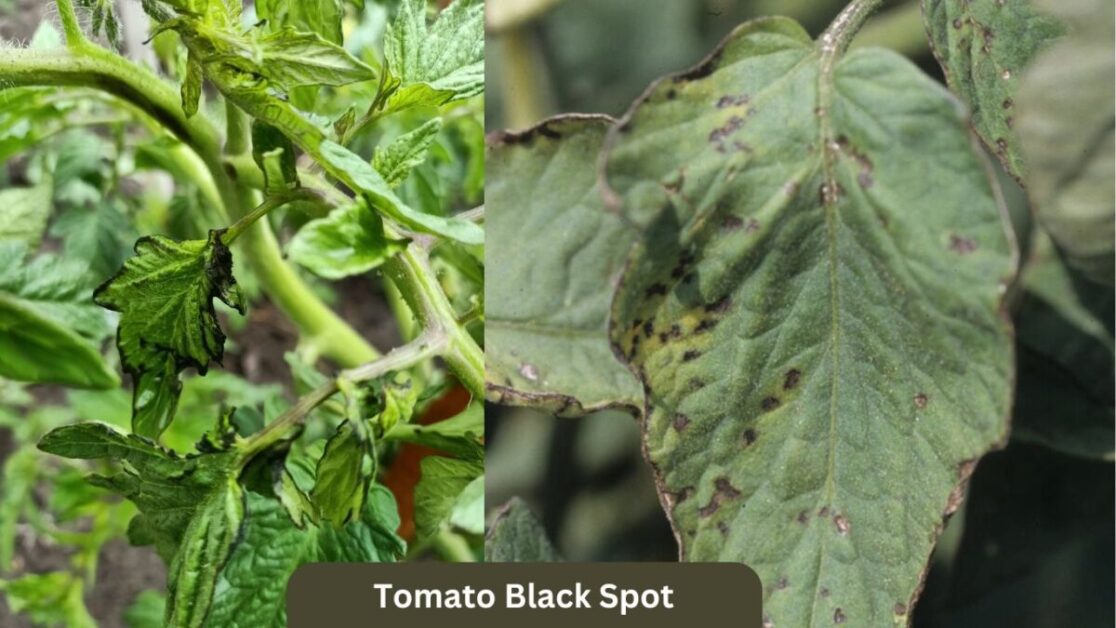
Tomato black spot is a common fungal disease that affects tomato plants, causing distinct symptoms that are important to recognize for early intervention. One notable symptom is the appearance of small, dark spots on the leaves of the plant. These spots typically start as tiny lesions but can quickly expand in size, turning dark brown or black as the disease progresses.
In addition to leaf discoloration, another symptom of tomato black spot is the development of dark lesions on the fruits themselves. These lesions can vary in size and shape, often appearing sunken and discolored. As the disease advances, these spots may become more numerous, leading to a significant decrease in the quality and yield of the tomato harvest. Understanding these symptoms is crucial for effectively managing and treating tomato black spot to prevent further spread and damage to the plants.
Causes of Tomato Spot of Black
Tomato black spot, also known as Alternaria, is a common fungal disease that affects tomato plants. The primary cause of tomato black spot is the fungus Alternaria solani, which thrives in warm and humid conditions. This fungus typically spreads through airborne spores or contaminated soil, infecting plant tissue upon contact.
Poor air circulation, overcrowded planting, and excessive moisture on leaves can create an ideal environment for the fungus to proliferate. Additionally, infested seeds or plant debris left in soil can serve as sources of infection for future crops. It is crucial for growers to maintain good sanitation practices and monitor environmental conditions to prevent the occurrence of tomato black spot.
Preventative Measures for Tomato Spot of Black
To prevent Tomato Black Spot, it is crucial to practice good garden hygiene. This involves removing any infected leaves or fruits promptly and disposing of them properly to prevent the spread of the disease. Additionally, ensuring proper air circulation around the plants by spacing them adequately can help reduce humidity levels, which are conducive to the development of the fungus causing Tomato Black Spot.
Another preventative measure for Tomato Black Spot is to avoid overhead watering, as wet foliage provides an ideal environment for the fungus to thrive. Instead, watering the plants at the base or using drip irrigation can help keep the leaves dry and minimize the risk of infection. Furthermore, applying a layer of mulch around the base of the plants can help regulate soil moisture levels and prevent splashing of soil onto the leaves, which can also contribute to the spread of the disease.
Identifying Tomato Spot of Black on Leaves
When inspecting your tomato plants for signs of black spot, start by examining the leaves closely. Look for dark, round lesions with a concentric ring pattern that gradually expands in size. These lesions typically measure between 1-2 millimeters in diameter, appearing as small, dark spots with a sunken appearance on the leaf surface. As the disease progresses, the spots may merge, leading to a widespread blackening of the leaf tissue.
Additionally, observe the surrounding area of the lesions for a yellow halo, which is a common characteristic of tomato black spot. This yellowing around the dark spots indicates the presence of the pathogen and distinguishes it from other leaf disorders. The lesions usually develop on the lower leaves first before spreading upward to affect the entire plant if left unmanaged. Regular monitoring and early detection of these symptoms are crucial in effectively addressing tomato black spot and preventing its further spread.
Identifying Black Spot Tomato on Fruits
Tomato black spot on fruits is a common issue that can significantly impact the quality and yield of your tomato plants. Identifying this fungal disease on your tomatoes is crucial for effective management. One key characteristic to look for is the presence of dark, sunken lesions on the fruits. These spots can vary in size and may appear somewhat raised or rough in texture. As the disease progresses, the lesions can expand and deepen, causing the affected areas to become more prominent.
Additionally, keep an eye out for signs of discoloration around the lesions, which can range from a dark green to a brown or black hue. The affected areas may also feel soft to the touch or show signs of decay. It’s important to inspect your tomato fruits regularly for these symptoms and take prompt action to prevent the spread of the disease to other plants in your garden.
Impact of Black Spot Tomato on Plant Health
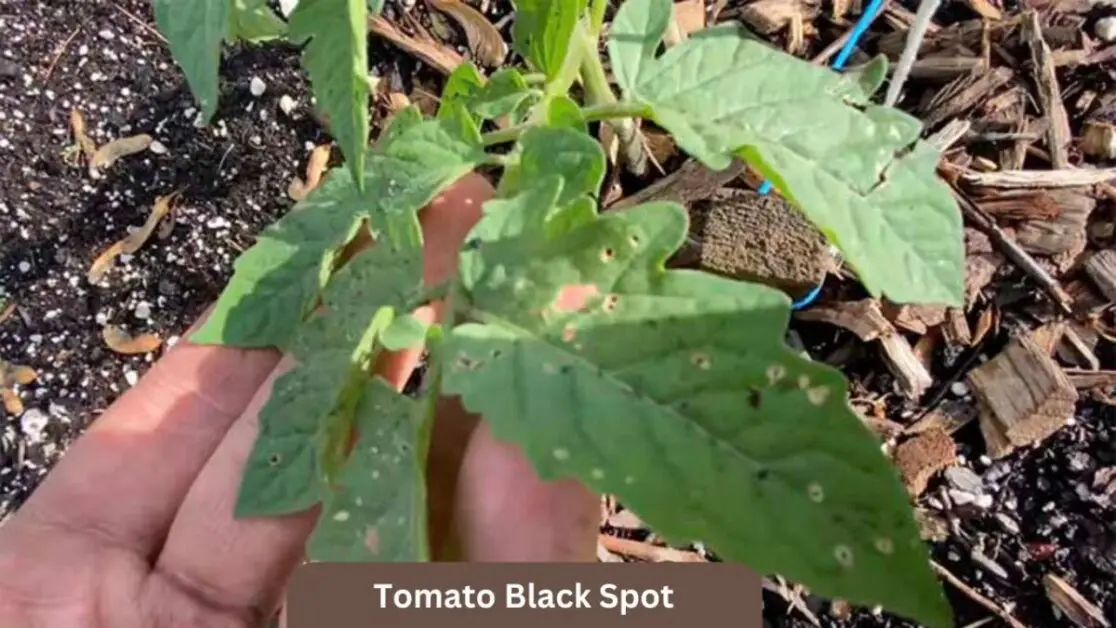
Tomato black spot, scientifically known as Alternaria solani, is a common fungal disease that can have a significant impact on the overall health of tomato plants. The presence of tomato black spot can lead to extensive damage to leaves, stems, and fruits. This fungal infection typically manifests as dark, concentric rings with a yellowish halo on the leaves, causing them to wilt and eventually die off. As the disease progresses, it can weaken the plant’s immune system, making it more susceptible to other pathogens and environmental stresses.
Furthermore, tomato black spot can hinder the plant’s ability to photosynthesize effectively, leading to reduced nutrient uptake and stunted growth. This can result in lower fruit yields and inferior fruit quality. In severe cases, the plant may experience defoliation, where a significant portion of the foliage is lost, further compromising its ability to produce energy through photosynthesis. Overall, the impact of tomato black spot on plant health can be profound, making it essential for growers to take proactive measures to prevent and manage this fungal disease effectively.
Natural Remedies for Treating Black Spot Tomato
When it comes to treating tomato black spot, there are several natural remedies that can help control the spread of the disease. One effective method is to use a solution of baking soda and water as a foliar spray. Baking soda has antifungal properties that can help combat the black spot fungus on tomato plants. To prepare the solution, mix 1 tablespoon of baking soda with 1 gallon of water and spray it on the affected plants every 7-10 days.
Another natural remedy for tomato black spot is neem oil, which is derived from the seeds of the neem tree. Neem oil has pesticidal and fungicidal properties that can help control fungal diseases like black spot. To use neem oil, dilute it according to the instructions on the product label and spray it on the tomato plants, focusing on the affected areas. Repeat the application every 7-14 days or as needed to keep the black spot in check.
Chemical Treatments for Black Spot Tomato
Chemical treatments can be an effective method for managing tomato black spot when used correctly. One common chemical treatment is the application of fungicides containing active ingredients such as chlorothalonil, copper-based compounds, or mancozeb. These fungicides work by preventing the spores of the fungus from germinating on the plant, thereby reducing the spread of the disease. It is important to follow the manufacturer’s instructions carefully when applying chemical treatments to ensure their effectiveness and minimize any potential harm to the plant or environment.
Another chemical treatment option for tomato black spot is the use of systemic fungicides, which are absorbed by the plant and provide long-lasting protection. These fungicides can help control the disease from within the plant, offering a more thorough defense against tomato black spot. However, it is essential to rotate the use of systemic fungicides with other chemical treatments to prevent the fungus from developing resistance. Regular monitoring of the plant’s health and timely application of chemical treatments can be key in effectively managing tomato black spot in a garden or farm setting.
Best Practices for Managing Black Spot Tomato
To effectively manage tomato black spot, it is crucial to practice good crop rotation by avoiding planting tomatoes in the same location year after year. Rotating crops helps break the disease cycle and reduces the buildup of pathogens in the soil. Additionally, selecting resistant tomato varieties can help mitigate the impact of black spot disease on your plants. Resistant varieties are less susceptible to infection, thus reducing the need for chemical treatments.
Furthermore, ensuring proper spacing between tomato plants is essential for managing black spot. Adequate spacing promotes air circulation, which helps prevent the spread of the disease. Regularly inspecting plants for signs of black spot and promptly removing infected leaves can also aid in controlling the disease. This practice helps prevent the spread of spores to healthy plant tissues and minimizes the overall impact of the disease on your crop.
Timing of Treatment for Black Spot Tomato
Proper timing of treatment is essential when combatting tomato black spot. It is crucial to start treatment as soon as symptoms are noticed to prevent the spread of the disease. Typically, treatment should begin in the early stages of the growing season, as this is when tomato plants are most susceptible to black spot.
Regular monitoring of your tomato plants is key to identifying any signs of black spot early on. Once symptoms are detected, swift action is necessary to prevent the disease from worsening. Timing your treatment correctly can significantly impact the effectiveness of the measures taken, increasing the chances of successfully managing and controlling tomato black spot.
Tools and Equipment Needed for Treating Black Spot Tomato
To effectively treat tomato black spot, you will need a few essential tools and equipment to help you manage the disease. One crucial item is a pair of sharp pruning shears to remove any affected leaves or branches from the tomato plants. This will help prevent the spread of the fungal infection and allow for better air circulation around the plants. Additionally, a spray bottle or garden sprayer will come in handy for applying any treatments or remedies to combat tomato black spot. Be sure to clean and disinfect these tools after each use to avoid spreading the disease further.
Another important tool for treating Black Spot Tomato is a handheld magnifying glass or a smartphone with a macro lens attachment. This will help you closely examine the leaves and fruits of the tomato plants to identify early signs of the disease and take prompt action. Furthermore, having a pair of gardening gloves to protect your hands while working with the plants is recommended, as well as a dedicated set of clothing or an apron to prevent cross-contamination between plants. By having these tools and equipment ready, you can effectively manage tomato black spot and keep your tomato plants healthy.
Frequency of Treatment for Tomato Black Spot
For tomato plants affected by black spot, the frequency of treatment is crucial in effectively combating the disease. It is recommended to apply treatments at regular intervals to ensure the ongoing control of the black spot fungus. Depending on the severity of the infection and the specific treatment method used, applications may need to be made weekly or bi-weekly for optimal results.
Consistency in treating tomato black spot is key to preventing further spread and minimizing damage to the plant. Regular monitoring of the plant’s health and the presence of any new black spot symptoms can help determine the frequency of treatment needed. Adjustments to the treatment schedule may be necessary based on environmental conditions, plant growth stage, and overall disease progression.
Monitoring and Evaluating Treatment Progress for Tomato Black Spot
After implementing treatments for tomato black spot, it is crucial to monitor the progress regularly to ensure the effectiveness of the chosen methods. One way to evaluate the treatment progress is by closely observing the leaves and fruits of tomato plants for any signs of improvement or worsening of the black spot infection. Keep a detailed record of any changes noticed, such as the spread of lesions or any new symptoms that may arise.
Additionally, it is essential to track the frequency and timing of the treatments applied in relation to the progression of tomato black spot. By noting down the dates of each treatment and comparing them with the condition of the plants over time, you can assess whether the chosen interventions are successfully managing the disease. Adjustments to the treatment plan may be necessary based on the observed results to optimize the control of tomato black spot and prevent further damage to the plants.
Tips for Preventing Future Outbreaks of Tomato Black Spot
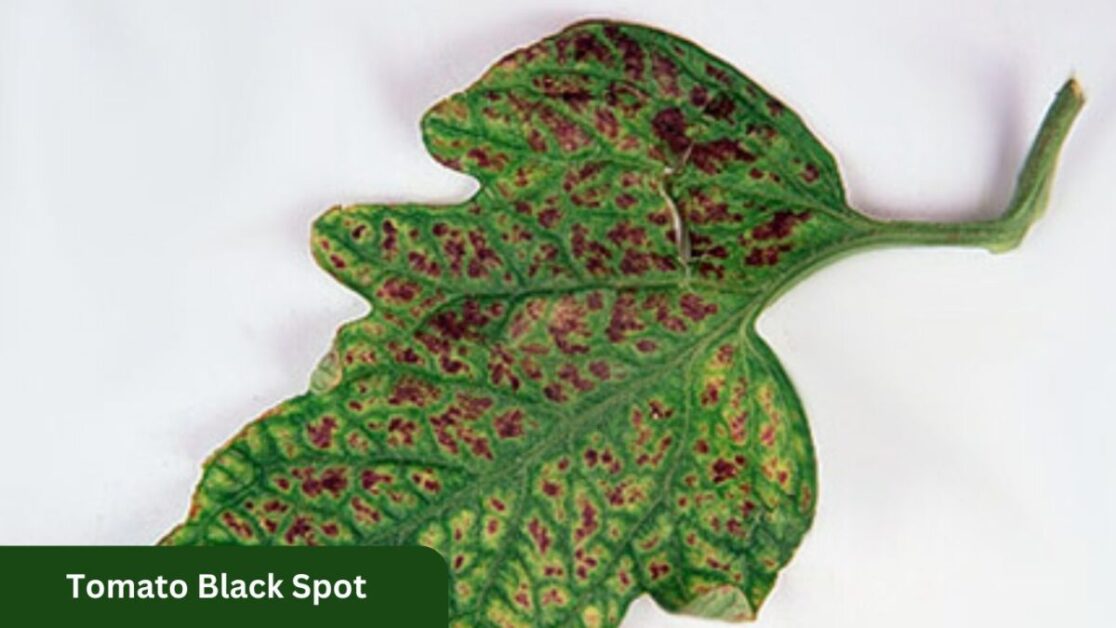
To prevent future outbreaks of Tomato Black Spot in your garden, it is crucial to implement proper plant care practices. Firstly, ensure good air circulation by spacing out tomato plants adequately to minimize humidity build-up. This helps reduce the favorable conditions for the black spot fungus to thrive. Furthermore, avoid overhead watering to prevent splashing water onto the leaves, which can spread the disease.
Additionally, regularly inspect your tomato plants for early signs of black spot and promptly remove any infected leaves to prevent the spread of the disease. Proper sanitation measures, such as cleaning up plant debris and fallen leaves, can also help reduce the chances of reinfection. Lastly, consider rotating your crops each season to prevent the build-up of pathogens in the soil, which can contribute to recurring outbreaks of Tomato Black Spot.
Below is a table summarizing the identification and treatment of Tomato Black Spot:
| Aspect | Description |
|---|---|
| Identification | |
| Appearance | Small, circular, dark spots on leaves, often with a yellow halo. Spots may enlarge and merge, leading to significant leaf damage. |
| Location | Primarily found on older leaves but can spread to younger foliage and stems as the infection progresses. |
| Symptoms | Affected leaves may turn yellow and eventually drop, leading to reduced plant vigor and yield. Fruits may develop sunken, dark lesions, becoming unmarketable. |
| Treatment | |
| Cultural Practices | Rotate crops yearly to prevent disease buildup in soil. Remove and destroy infected plant debris. Maintain good air circulation by proper spacing and pruning. |
| Fungicides | Apply copper-based fungicides early in the season as a preventative measure or when symptoms first appear. Follow label instructions carefully. |
| Organic Solutions | Spray affected plants with a mixture of baking soda and water (1 tablespoon baking soda per gallon of water) or neem oil. These can help suppress fungal growth. |
| Soil Amendments | Incorporate compost into the soil to improve its structure and drainage, reducing the risk of fungal infections. Mulching can also help prevent soil splashing onto leaves. |
| Biological Control | Introduce beneficial microbes or predatory insects that feed on the fungus causing black spot. Examples include Bacillus subtilis and predatory mites. |
Remember to always verify the suitability of treatments for your specific situation and follow recommended application rates and safety precautions.
Consulting with a Professional for Severe Cases of Tomato Black Spot
For severe cases of tomato black spot where conventional methods have proven ineffective, seeking professional assistance is advisable. Experts in plant pathology or agricultural extension services can provide advanced diagnostics and tailored treatment plans to combat the disease effectively. Their experience and specialized knowledge can help identify the underlying causes of the issue and recommend appropriate solutions to restore plant health.
Professional consultation may involve on-site assessments to evaluate the extent of the infection and ascertain the best course of action. Through laboratory analysis and field observations, experts can pinpoint specific pathogens responsible for the black spot and offer targeted treatment strategies. Additionally, they can provide valuable insights into preventive measures and long-term management practices to mitigate the recurrence of tomato black spot in the future.
How can I tell if my tomatoes have black spot?
You can identify tomato black spot by looking for dark, sunken lesions on the leaves and fruits of the plant.
What are some natural remedies for treating tomato black spot?
Some natural remedies for treating tomato black spot include using a baking soda solution, neem oil, or a garlic spray.
What is the impact of tomato black spot on plant health?
Tomato black spot can weaken the plant, leading to decreased fruit production and overall plant health.
When is the best time to treat tomato black spot?
It is best to treat tomato black spot as soon as you notice symptoms appearing on the plant.
How often should I treat tomato black spot?
Treatments for tomato black spot should be applied regularly, following the instructions provided on the product label.
What tools and equipment do I need for treating tomato black spot?
You may need a sprayer, protective clothing, and the appropriate treatment solution for managing tomato black spot.
How can I prevent future outbreaks of tomato black spot?
To prevent future outbreaks of tomato black spot, practice good garden hygiene, rotate crops, and monitor plant health regularly.
When should I consult with a professional for severe cases of tomato black spot?
If the tomato black spot is not responding to treatment or if it is significantly impacting plant health, it is best to consult with a professional for guidance.


